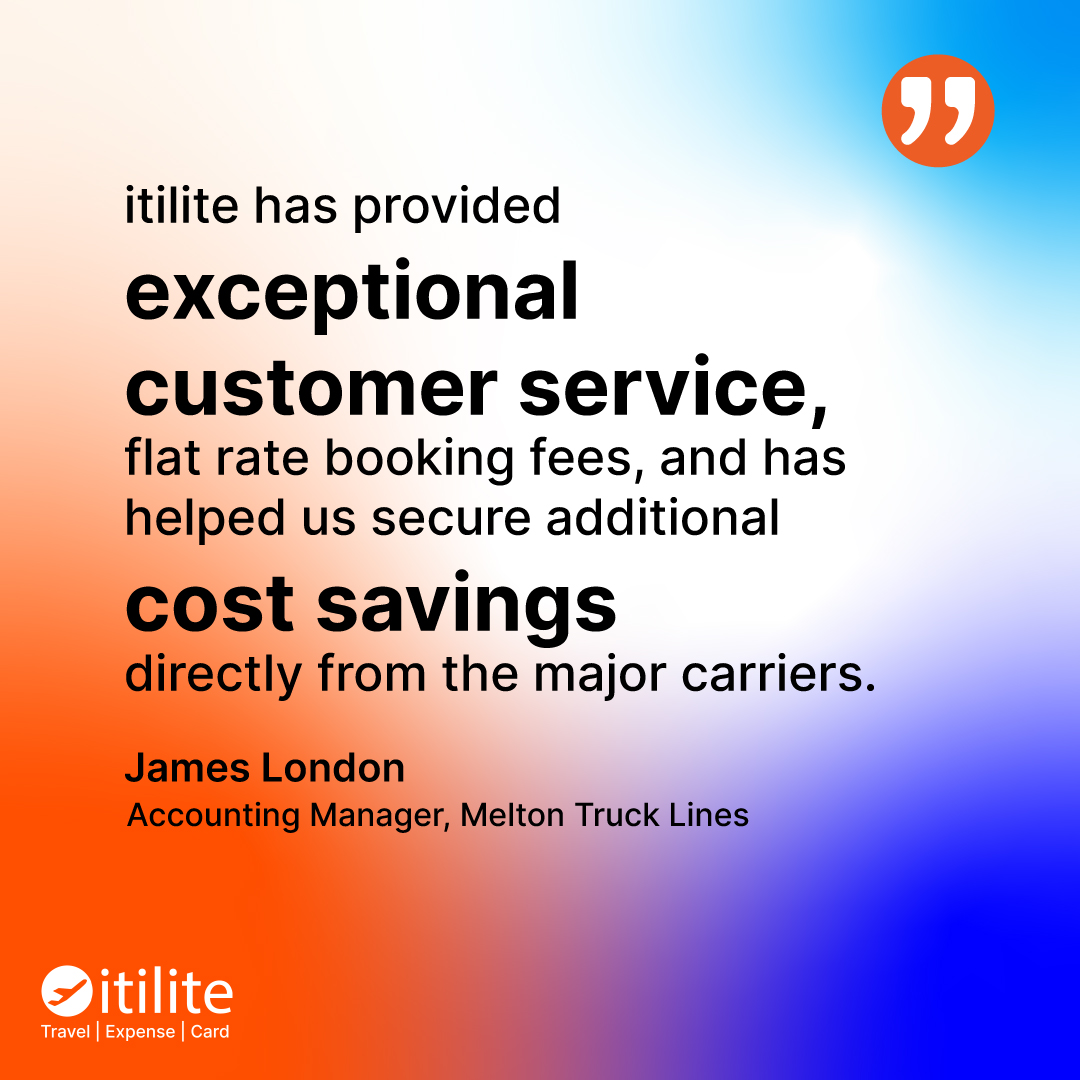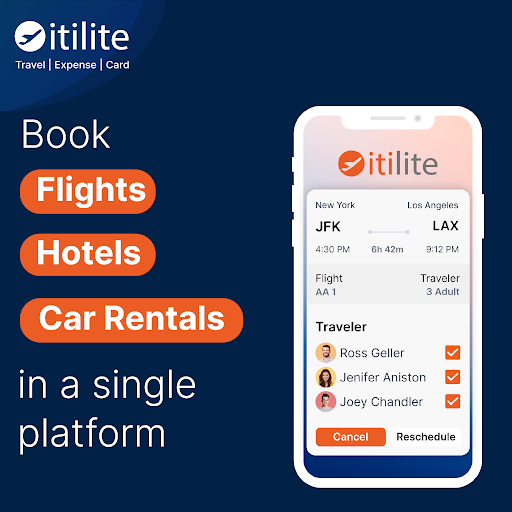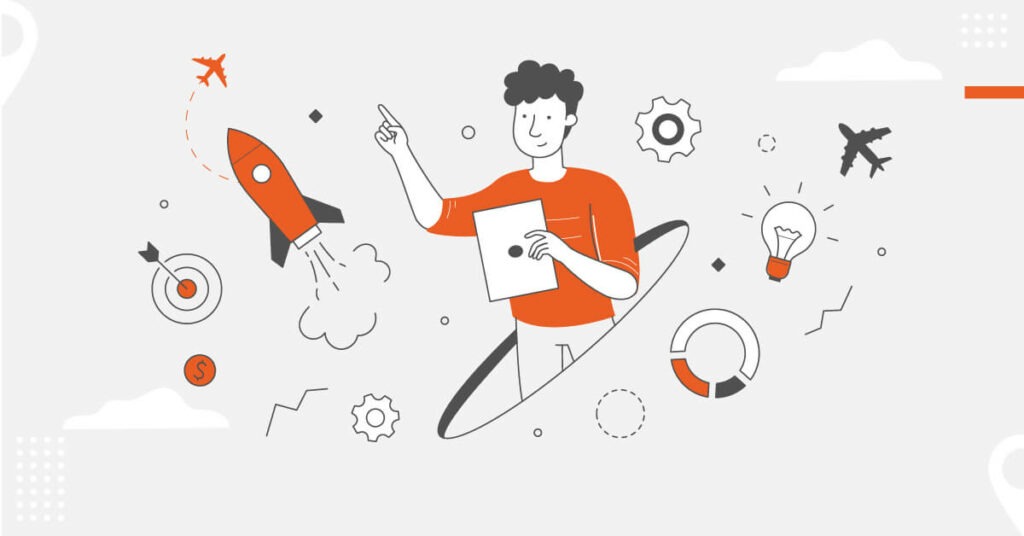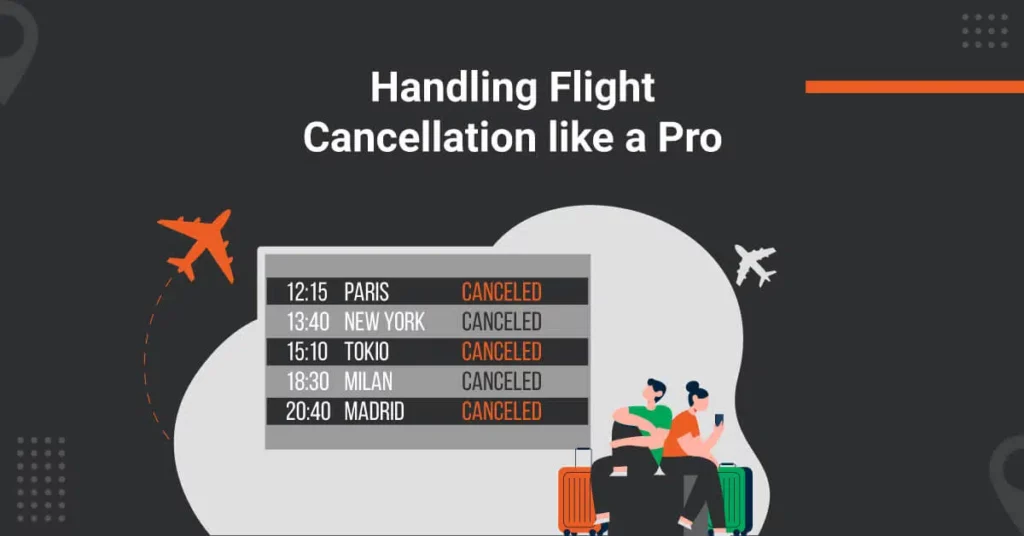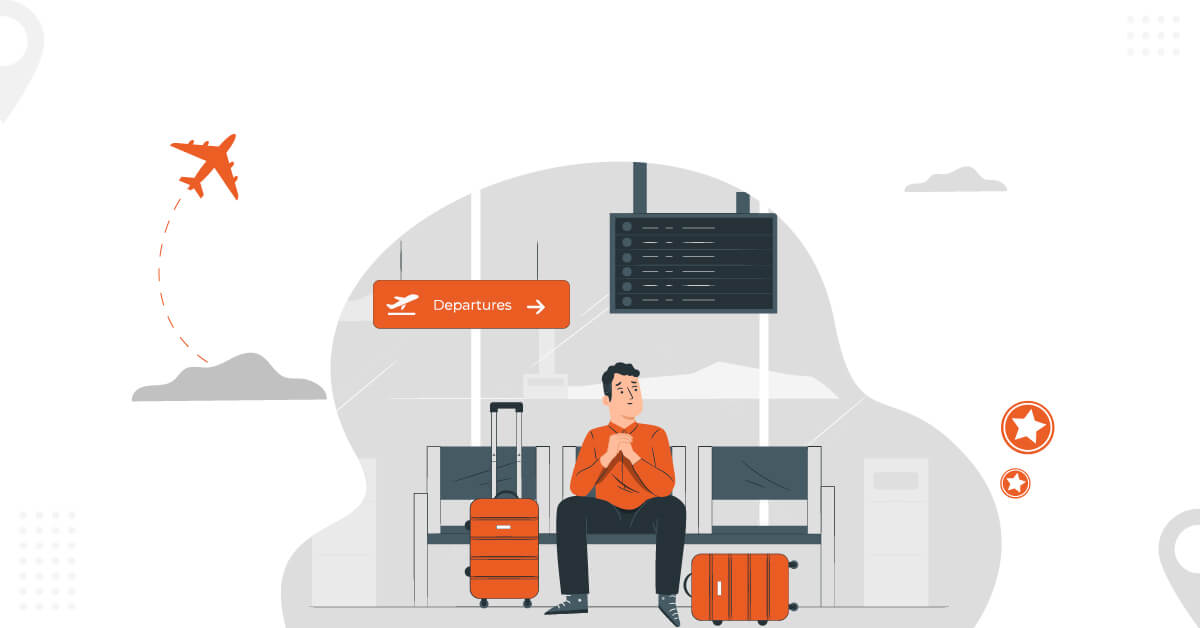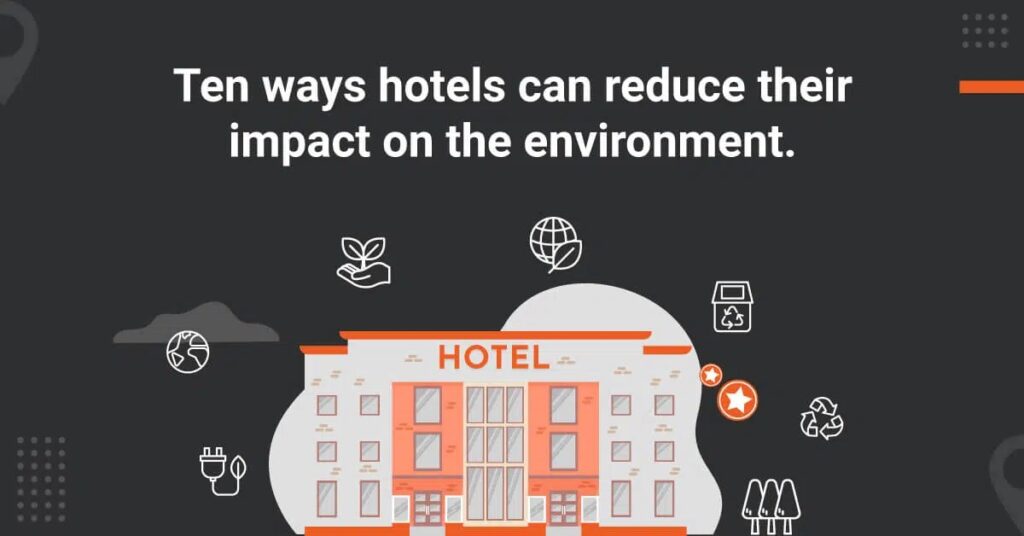As you know, resource management is paramount for achieving success and sustaining growth. As a well-established business, you must seek ways to optimise your operations, reduce costs, and enhance supply chain efficiency. Procurement and purchasing play a significant role in this process.
While these terms are used vice versa, they represent distinct processes with unique roles and responsibilities. Understanding the difference between procurement and purchasing is not a matter of terminology. It’s essential for businesses aiming to streamline their workflows. This fosters better supplier relationships and improves overall cost efficiency.
In this blog, we will delve into the procurement and purchasing differences, explore their roles, and highlight their significance. By the end, you’ll be well-informed to decide which approach best aligns with your company goals and strategies.
What is Procurement?
Procurement is obtaining goods, services, or work from external suppliers. It involves planning, strategy, and resource management. The goal is to support organisational objectives. Procurement focuses on efficiency, sustainability, compliance, and strong supplier relationships.
Key Objectives of Procurement:
- Ensuring Timely Availability : Procurement ensures that goods and services are acquired when needed. It helps in preventing disruptions in operations.
- Minimising Costs : By negotiating bulk deals, procurement helps reduce expenses and maintains quality standards.
- Risk Mitigation : Procurement involves evaluating suppliers to mitigate risks. These include delays, non-compliance, or poor quality.
- Supplier Relationships : Helps in developing strong partnerships with suppliers. This ensures reliability and fosters mutual growth.
- Strategic Alignment : Procurement aligns with an organisation’s long-term goals.
Basic Steps in the Procurement Process
- Identifying Needs : The process begins with identifying the specific requirements of the organisation. These include goods, services, or works. This step involves thorough analysis to determine what is needed and why.
- Market Research : Procurement teams research the market to identify potential suppliers. They evaluate their capabilities and understand market trends.
- Supplier Selection : The procurement team shortlists and evaluates suppliers based on market research. Criteria such as reliability, cost-effectiveness, quality, and past performance are considered.
- Negotiation and Contracting : Negotiating favorable terms is a critical step. These include pricing, delivery timelines, and service levels.
- Order Management : Once contracts are in place, purchase orders are issued. The procurement team then monitors the delivery schedule to ensure timely receipt.
- Supplier Relationship Management : Maintaining strong, ongoing relationships with suppliers ensures long-term benefits. The benefits include preferential pricing and priority service.
- Evaluation : The procurement process ends with evaluating its success and the supplier’s performance. Lessons learned are documented for future improvements.
What is Purchasing?
Purchasing refers to the transactional aspect of acquiring goods and services. It focuses on the operational execution of buying activities and ensures the delivery of goods or services to meet immediate needs. Unlike procurement, purchasing is tactical and emphasises efficiency in execution.
Key Objectives of Purchasing:
- Fulfilling Short-Term Needs : Purchasing addresses immediate requirements to avoid operational delays.
- Ensuring Compliance : Ensures all purchases adhere to organisational policies and procedures.
- Efficient Transaction Management : Manages orders, invoices, and payments effectively to maintain operational flow.
Basic Steps in the Purchasing Process
- Requisition Approval : A department or individual identifies a need and submits a purchase requisition. This is reviewed and approved by the relevant authority.
- Supplier Interaction : The purchasing team contacts the selected supplier to confirm details. This includes product availability, pricing, and delivery timelines.
- Order Placement : A formal purchase order is issued to the supplier. Also, detailing the items, quantities, prices, and delivery expectations.
- Receiving Goods : Upon delivery, the team inspects the goods to ensure they meet the agreed specifications and quality standards.
- Payment Processing : After verifying the invoice against the purchase order and delivery note, payments are processed within the agreed terms.
- Record Maintenance : All transactions are documented for compliance, audits, and future reference.
Key Differences Between Procurement and Purchasing
The following table highlights the difference between procurement and purchasing in terms of scope, focus, and key activities. The procurement and purchasing differences are as follows:

This table simplifies the procurement and purchasing difference, helping businesses identify where to focus their efforts for optimal results.
Importance of Procurement and Purchasing
After understanding the difference between procurement and purchasing, let’s understand their importance. Procurement and purchasing are essential for ensuring a business’s smooth functioning. While their roles are distinct, they complement each other and contribute to overall efficiency and success.
Importance of Procurement:
- Strategic Alignment : Procurement aligns acquisitions with long-term business objectives, ensuring you can use resources efficiently.
- Cost Efficiency : With bulk deals and negotiations, procurement significantly reduces operational costs.
- Risk Management : Strategic procurement minimises risks related to supplier reliability, compliance, and quality.
- Sustainability : Modern procurement practices often include a focus on sustainable and ethical sourcing. Hence, reflecting corporate social responsibility.
- Value Creation : Procurement’s emphasis on relationships and strategy creates value beyond cost savings.
Importance of Purchasing
- Operational Efficiency : Purchasing ensures that immediate operational needs are met without delays, maintaining productivity.
- Compliance and Control : Adherence to internal policies and procedures ensures transparency and accountability in transactions.
- Streamlined Processes : Efficient purchasing systems minimise errors and expedite order fulfillment.
Knowing the Procurement and Purchasing Difference Important
Understanding the difference between procurement and purchasing is essential. This is especially true for any organisation looking to optimise its supply chain. Procurement focuses on the strategic, long-term acquisition of resources. All this while purchasing deals with the day-to-day buying process. Both are equally important and contribute to a business’s overall success.
In countries like India, cost-efficiency and agility are critical. Striking the right balance between procurement and purchasing is key. By leveraging the strengths of both processes, your business can enhance its operations. You can build stronger supplier relationships, and achieve sustainable growth. Integrating these processes can empower your organisation to thrive in a competitive market.


